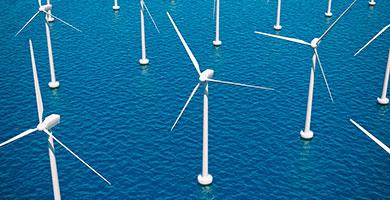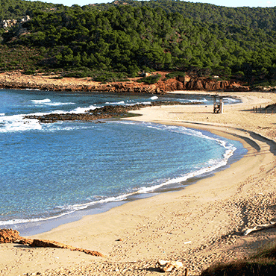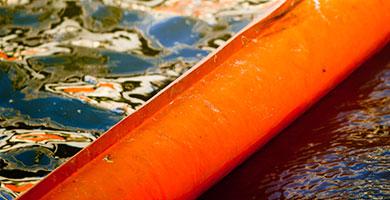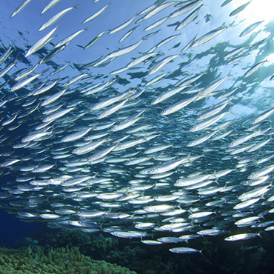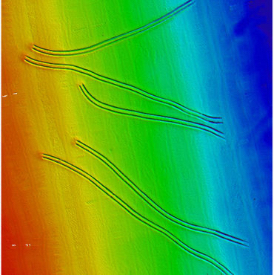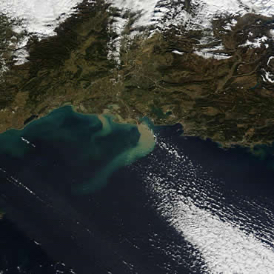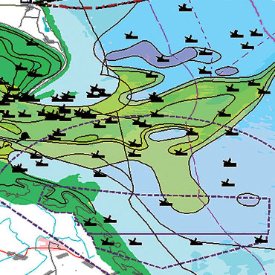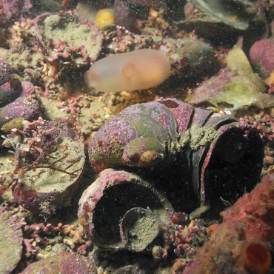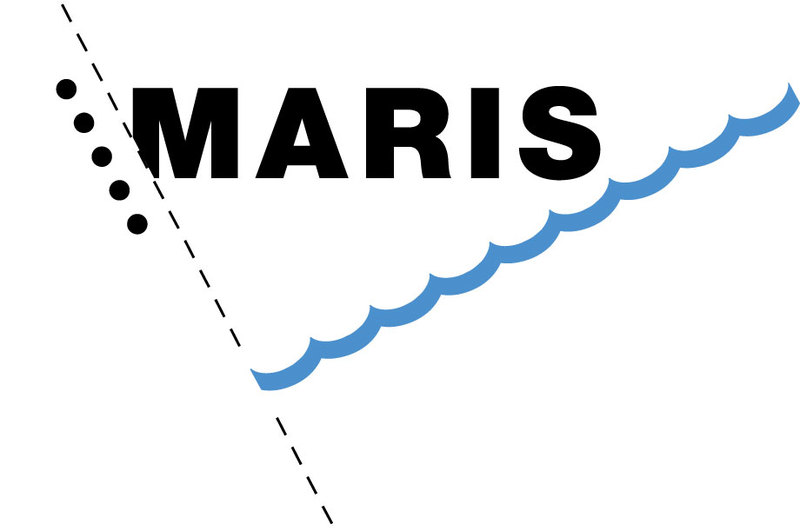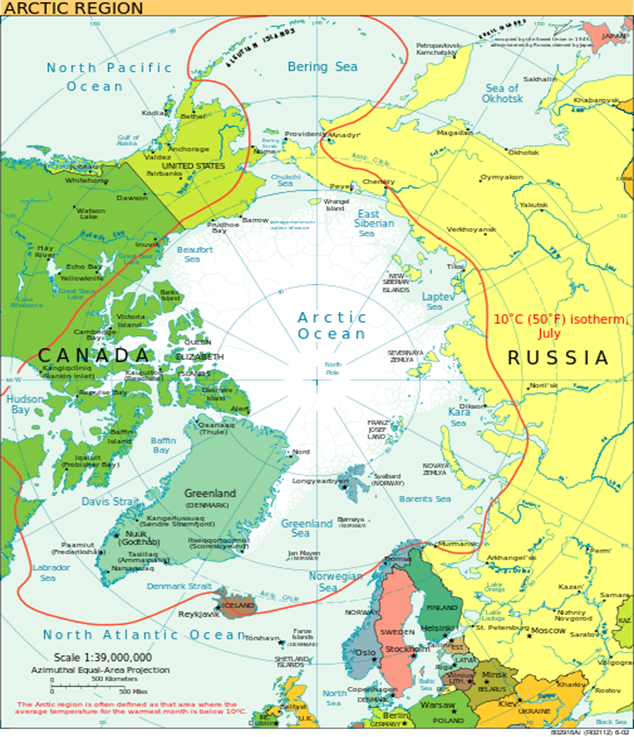
The Arctic Checkpoint was a sea basin monitoring system assessment activity aiming to support sustainable growth in the blue economy by assessing the potential of current marine observation and data services to address targeted end-user applications in the Arctic. The project ran from 2015-2018.
The objective of the project was to examine the data collection, observation, surveying, sampling and data assembly programmes in the Arctic Sea basin, analyse how they can be optimised and deliver the findings through this internet portal.
The Arctic Ocean includes the following water bodies: Baffin Bay, Barents Sea, Beaufort Sea, Chukchi Sea, East Siberian Sea, Greenland Sea, Hudson Bay, Hudson Strait, Kara Sea, Laptev Sea, Northwest Passage, and other tributary water bodies.
The project was composed of the following phases:
- a literature review containing an overview of the available information on the Arctic
- an adequacy check of the data and databases assessing how well all available marine data meets the needs of users
- data analysis for a number of specific challenges
- development of a web portal to disseminate all results and provide an overview of available information
- the set-up and management of an expert panel that reviews the progress and results and formulated an advice to the EC and coastal Member States
- the organisation of a stakeholder workshop that presented the results of the project and improved the quality based on likely feedback
Challenges
The approach demonstrated whether current Arctic data was fit-for-purpose in eleven marine and maritime challenge areas. Data obtained from a variety of sources was assessed on the basis of availability, accessibility, uncertainty and adequacy. Please refer to below the specific challenges that were addressed for the Arctic Ocean.
Consortium
The EMODnet Arctic checkpoint project was run by these partners:
| Arcadis | |
| Wageningen Marine Research | |
| SINTEF | |
Mariene Informatie Service BV (MARIS) | ||


